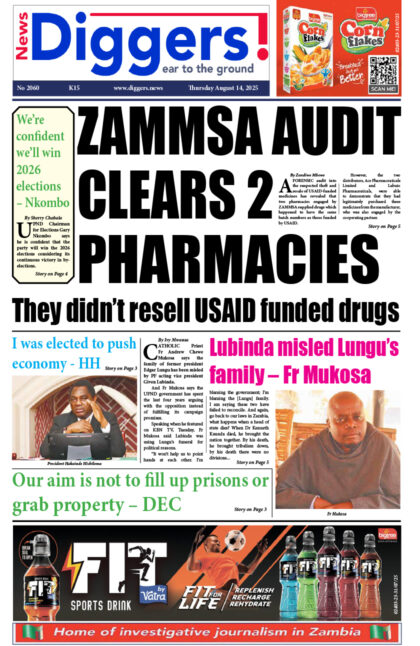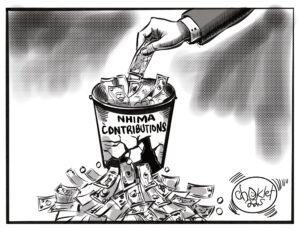The World Bank has approved a $26.5 million credit facility to the Rural Electrification Authority (REA) to improve electricity access in Zambia.
At a media briefing in Lusaka today, REA chief executive officer Geoffrey Musonda said direct beneficiaries of the credit facility would be those in areas where the grid was readily available, adding that the authority would connect them to it at a subsidized rate.
“Despite the authority creating electricity infrastructure in rural areas, the level of uptake has remained very low. This is due to high connection fees that rural communities cannot afford. In this regard, the authority has been looking at undertaking appropriate interventions to help communities. Today I am happy to announce that the authority through the government of the Republic of Zambia has negotiated for a credit facility from the World Bank to accelerate access to electricity in rural areas in Zambia,” Musonda said.
Musonda said the ‘Electricity Services Access Project’ was targeting about 22,000 low income households and about one thousand medium and small-scale enterprises in rural areas.
“The authority has formulated a five year project through this credit facility which we are calling ‘Electricity Services Access Point (ESAP)’. The project development objective is to increase electricity access in targeted rural areas in Zambia. The project will provide ‘last mile’ connections to the national grid to about 22, 000 low income households and about 1,000 medium and small scale enterprises. In rural areas. This will generally translate into over an estimated 115 beneficiaries,” said Musonda.
Meanwhile, Musonda disclosed that the project, whose components would include provision of subsidies and finance network reinforcements for on-grid electrification, would be implemented between 2017 and 2022 and that those in more dispersed areas would benefit from independent solar systems or separate mini-grids.
























